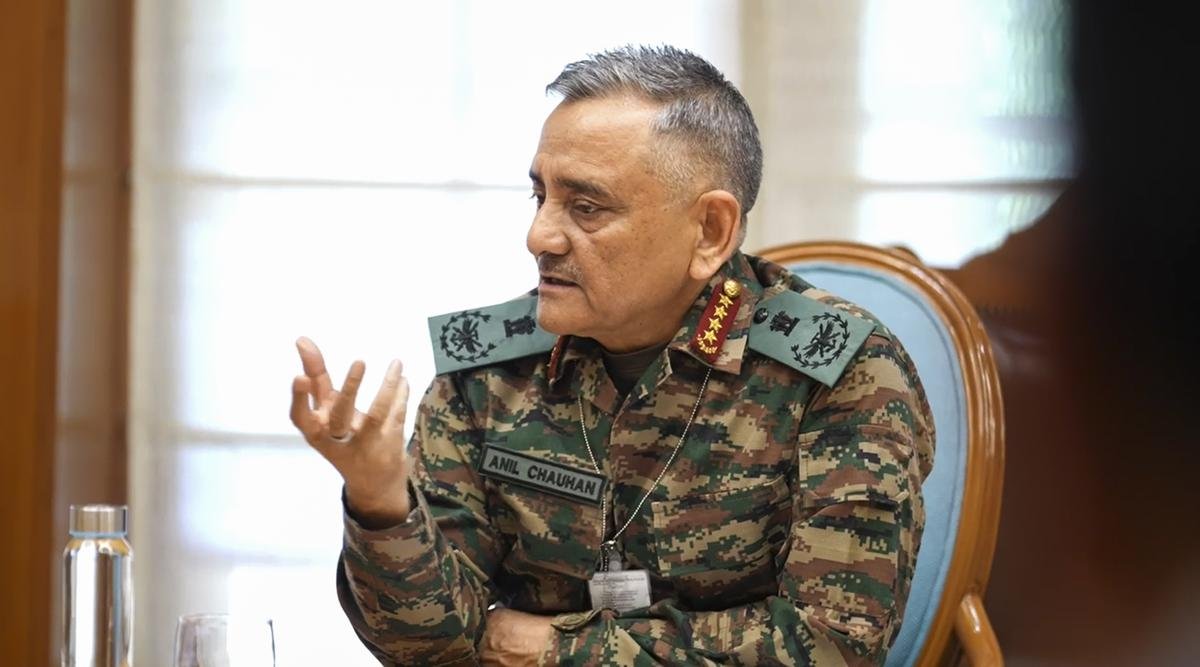India is preparing to build its own “Iron Dome”-style air defence system, blending artificial intelligence, quantum computing, and advanced missile technologies under Mission Sudarshan Chakra. Chief of Defence Staff General Anil Chauhan described the project as a “shield and sword” designed to protect critical infrastructure while striking back at enemies—an ambitious 10-year plan to redefine India’s air defence capabilities.
A Shield and a Sword
Speaking at Ran Samvad, a tri-services seminar at the Army War College in Mhow, Madhya Pradesh, General Anil Chauhan outlined the contours of the proposed system. Modeled after Israel’s Iron Dome but with a uniquely Indian approach, the Sudarshan Chakra would combine missiles, sensors, surveillance platforms, and artificial intelligence tools to both intercept incoming threats and retaliate decisively.
“The aim is to develop a system to protect India’s strategic, civilian, and nationally important sites. It will entail the detection, acquisition, and neutralisation of enemy air vectors using soft kills and hard kills, including kinetic and direct energy weapons.” says General Anil Chauhan.
Unlike existing missile defence programs, the Sudarshan Chakra is envisioned as a dual-use platform capable of neutralizing threats and mounting counterstrikes in near real time.
Data Protection and DPDP Act Readiness: Hundreds of Senior Leaders Sign Up for CDPO Program
Technology-Driven Integration at Scale
Chauhan underscored the extraordinary level of integration required for the project. Multi-domain intelligence, surveillance, and reconnaissance (ISR) will be essential, linking land-based radars, airborne platforms, maritime sensors, undersea detection systems, and space-based assets.
“This colossal effort will rely on artificial intelligence, advanced computation, big data analytics, and even quantum technologies,” the CDS said. He stressed that the system would demand robust infrastructure, resilient networks, and real-time data fusion across the armed forces.
India’s experience with Operation Sindoor, a recent conflict described as “modern” in character, has accelerated adoption of lessons for future warfare, including civil-military integration, joint doctrine development, and technology-driven battle readiness.
“For a vast country like India, a project of this magnitude will require a whole-of-nation approach,” Chauhan added. “But as always, I am confident India will achieve it at minimal and affordable cost.”
Preparing for Tomorrow’s Wars
Beyond technology, the CDS emphasized the changing character of warfare itself. Tomorrow’s battlefields, he said, will blur the boundaries between services and demand joint, decisive responses across domains.
“India has always stood for peace, but we cannot be pacifists. Peace without power is utopian,” Chauhan told officers, quoting the Latin maxim: If you want peace, prepare for war.


